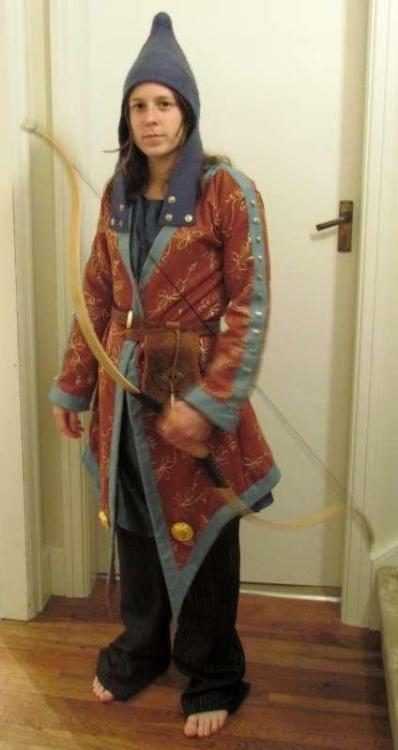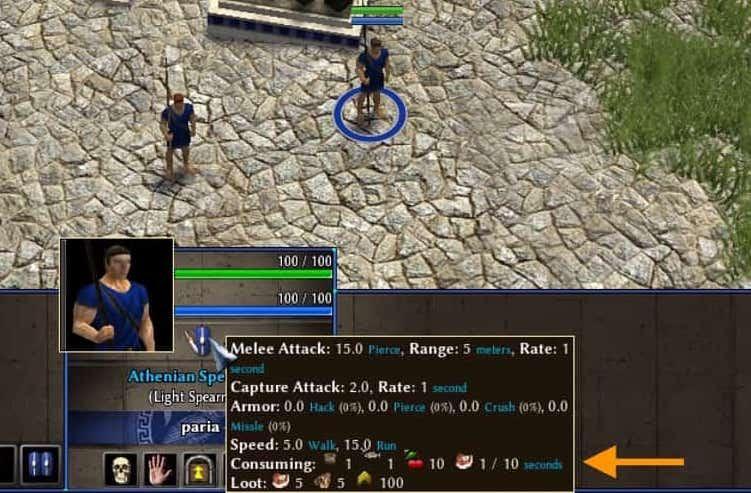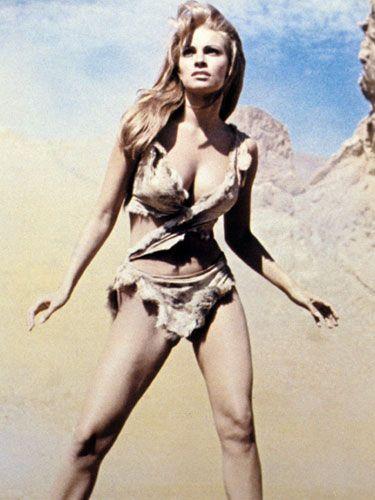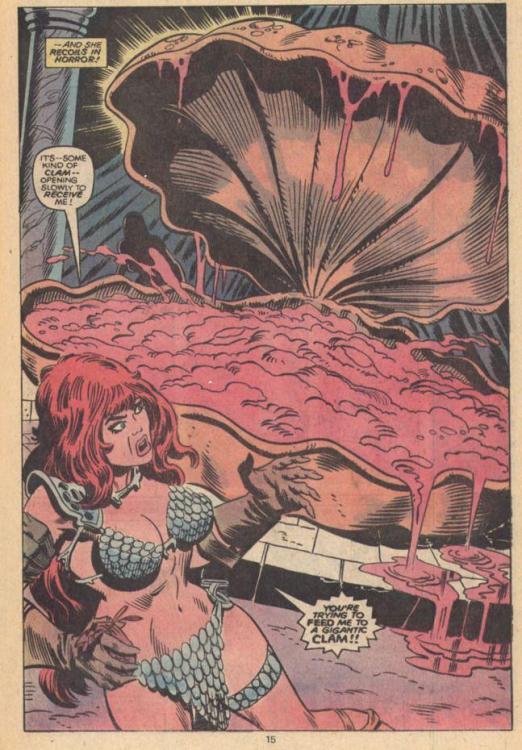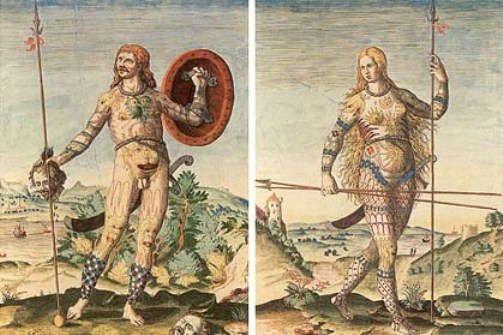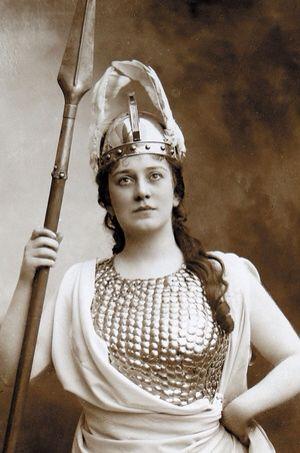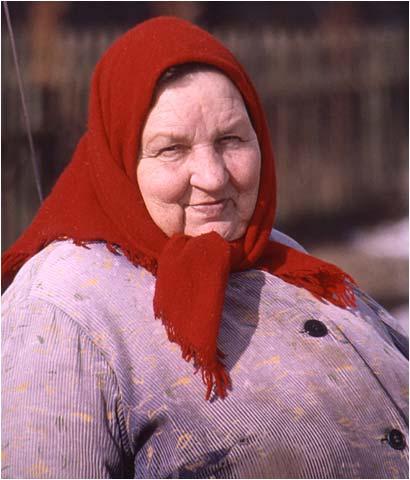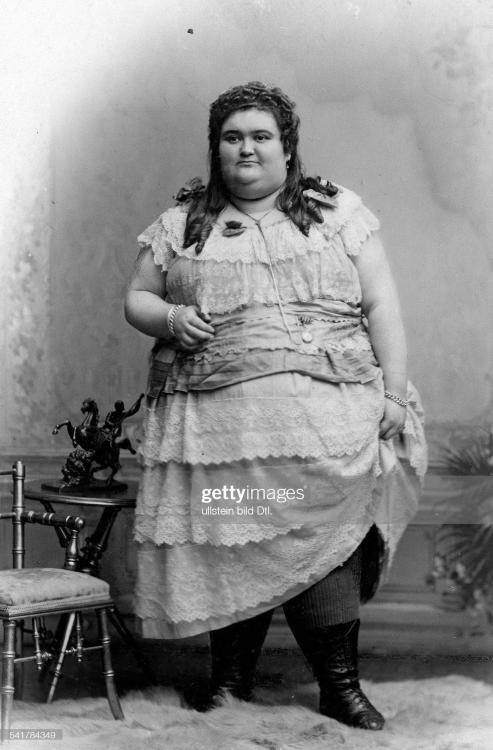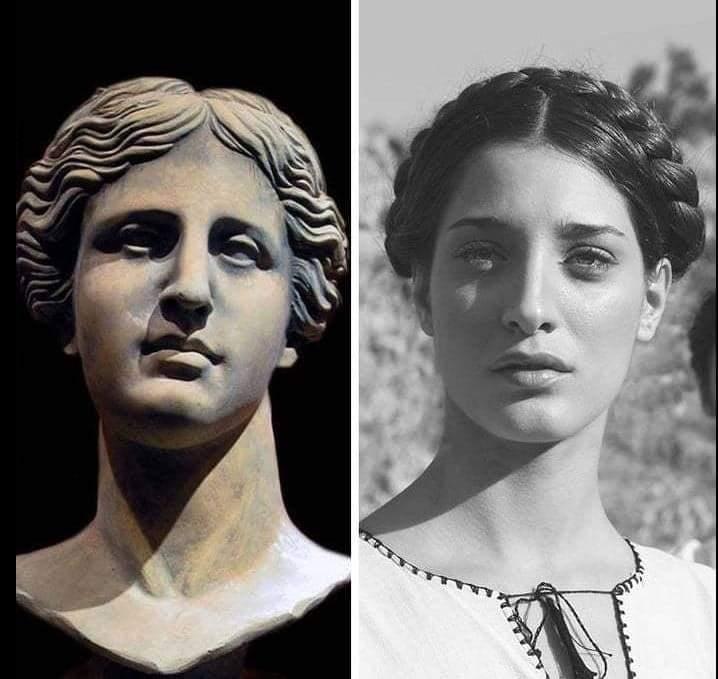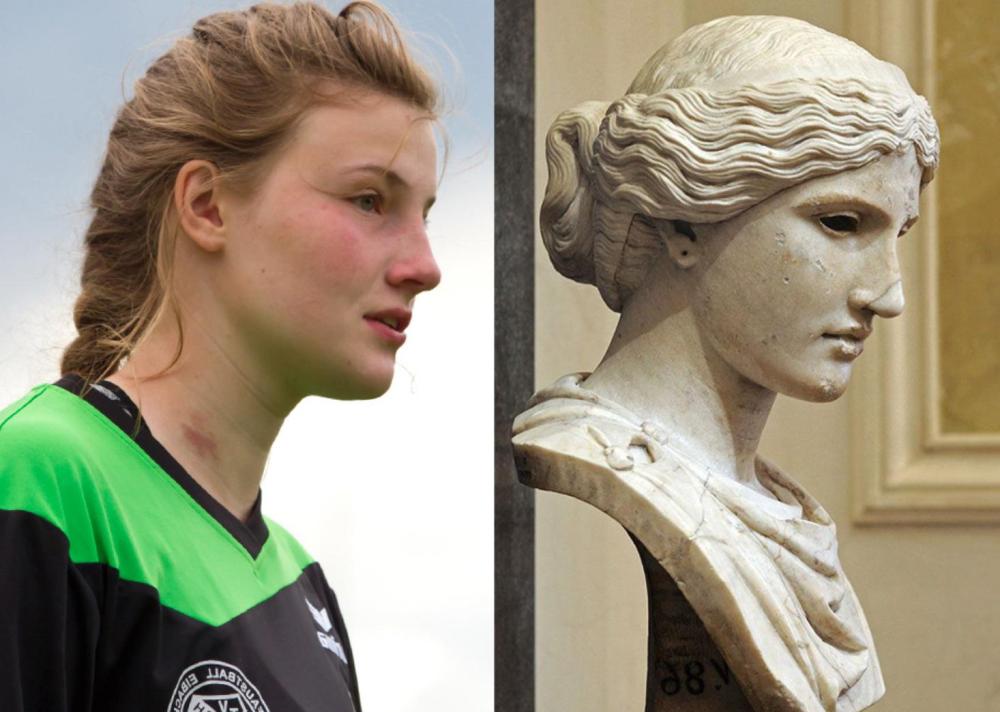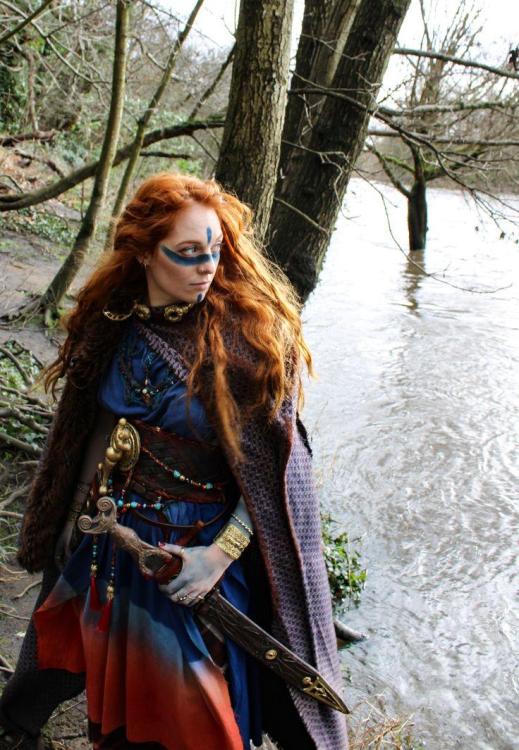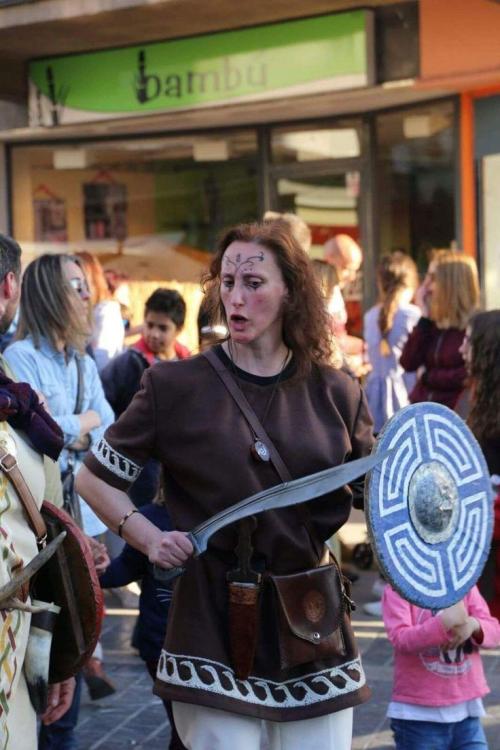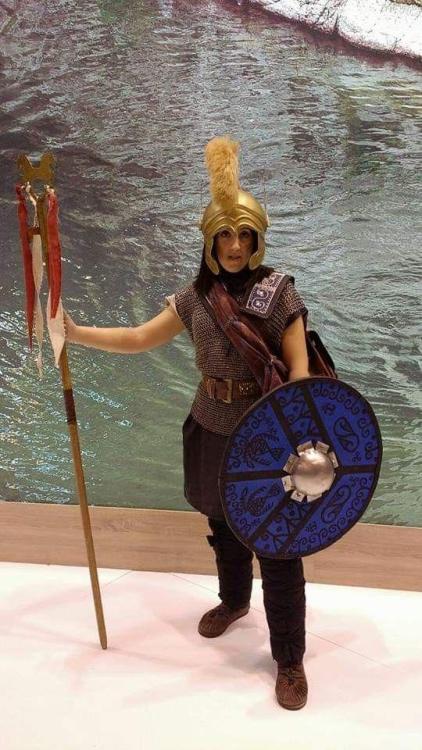-
Posts
25.684 -
Joined
-
Days Won
300
Everything posted by Lion.Kanzen
-
women as queens had enormous power in Persia. But they did not have a military role, like most ancient societies.(the common women). PD: The armor looks fancy fantasy.
-
-
In fact, a Scythian queen killed the Persian king Cyrus. Those Scythian tribes can have female warriors.
-
.thumb.png.ce58cea22940c255f5b0a735d5abee36.png)
Known Problems (Please read before posting)
Lion.Kanzen replied to quantumstate's topic in Help & Feedback
It's not supposed to be used for that. It is used against organic units. -
@Nescio still active?
-
Artemisia was Greek fighting for Persians.
-
.thumb.png.ce58cea22940c255f5b0a735d5abee36.png)
Known Problems (Please read before posting)
Lion.Kanzen replied to quantumstate's topic in Help & Feedback
bolt shooter is the correct name, thanks -
.thumb.png.ce58cea22940c255f5b0a735d5abee36.png)
Known Problems (Please read before posting)
Lion.Kanzen replied to quantumstate's topic in Help & Feedback
Scorpion? Ballista ,I guess. -
-
.thumb.png.ce58cea22940c255f5b0a735d5abee36.png)
Cant launch 0AD on windows 11 lenovo ideapad gaming 3 RTX 3050
Lion.Kanzen replied to Orphydian's topic in Bug reports
what app is that? -
visually? illustrations? I didn't know conan was from the 30's. HP Lovecraft didn't write horror?
-
in the 60's The figure of the wild woman (with bikini) begins to appear in the media. consequently in the comic.
-
this has a gradual evolution and influences the fantasy. It would be necessary to see when eroticism is normalized outside of the fine arts, that is, in comics.
-
What is that?
-
I did not know that. then they converted to Islam?
-
Source: Enlace Judío México Notably, the Khazars responded to the dual courtship of the Christian and Islamic empires by making the strategic decision to adopt neither of their religions but to convert to Judaism instead. This decision suggests that the strategic thinking of the Khazars extended far beyond geography and trade. .
-
There are likely to be cases of admixture and intermarriage. In rabbinical laws this seems prohibited, not so in the Tanakh. https://en.m.wikipedia.org/wiki/Interfaith_marriage_in_Judaism#:~:text=The
-
The Jewish religion has strict rules for Gentiles.(non Jews) I am not an expert on Judaism after the 4th century. They compiled new rabbinical rules after the destruction of the temple. https://www.jewishvirtuallibrary.org/the-babylonian-jewish-community
-
It's weird that they did that. The Jewish religion is not missionary. Where did these Jews come from? Persia? Byzantine Lands? The Jews were dispersed from the Babylonian captivity.
-
Yes.
-
.thumb.png.ce58cea22940c255f5b0a735d5abee36.png)
Civilization Selection Screen
Lion.Kanzen replied to wowgetoffyourcellphone's topic in General Discussion
Uffff(hot) That is amazing. I want that. Eso pienso. -
The thing is, that armor was ridiculous. Part of the bikini armor joke. If it has its historical origins in the imaginary of recent centuries. fantasy came from myths and misconceptions.
-
It depends on the overall physique. if she is a big woman. I know that in Asia a big woman is not common. Nordic, Germanic and Slavic, women have that fame, their jaw and arms are robust. Some time ago I was going to ask for fat men and women, which is rare to see in ancient times. I don't think they were fragile women. Here I have photos of the Greek ideal.
-



